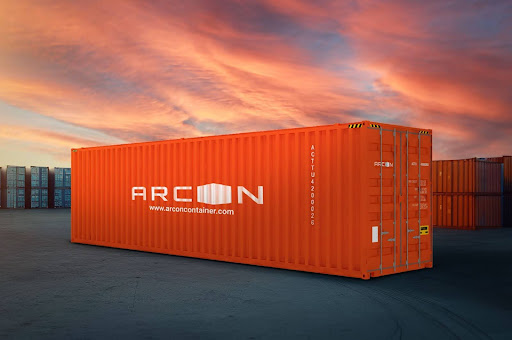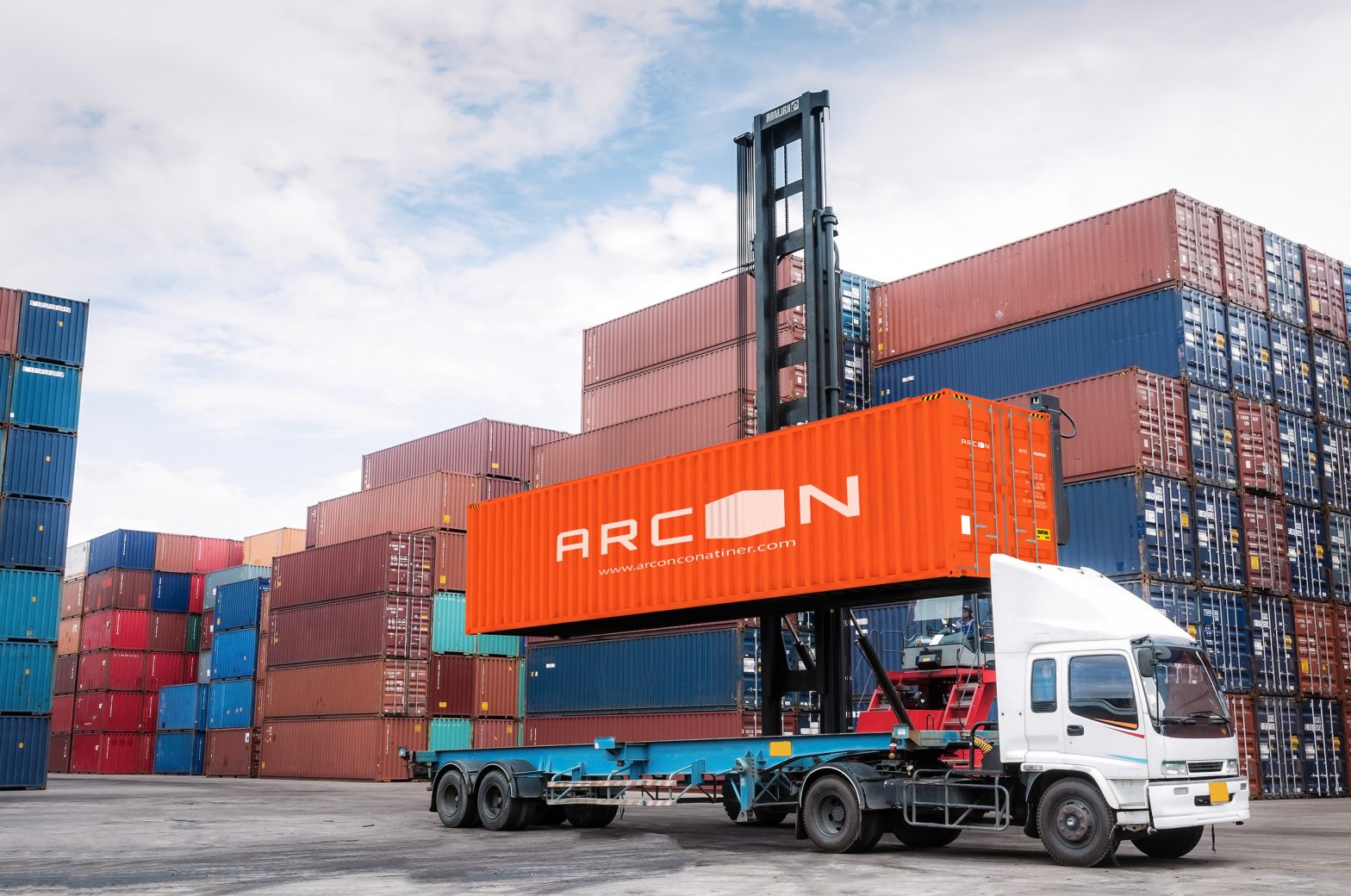In liquid logistics, using the right tank type is crucial for safe, compliant, and cost-effective transportation. While T11 and T14 ISO tanks are common choices, T20 and T22 tanks serve specialized roles for hazardous and pressurized cargoes often overlooked in standard shipments.
This article explores the unique specifications, applications, and advantages of T20 and T22 tanks in the global supply chain.
What is a T20 ISO Tank?
A T20 ISO tank is a high-pressure, portable tank container designed specifically for transporting highly hazardous pressurized liquids and liquefied gases. These tanks are built to comply with stringent international standards and certified under ASME U2 for unfired pressure vessels.
Key Specifications:
– Working Pressure: Approximately 6.67 bar (97 psi)
– Test Pressure: Up to 10 bar (145 psi)
– Shell Thickness: Minimum 8 mm
– Capacity: Typically, available in 14,500 to 21,000 liters
Typical Cargo: – Highly hazardous pressurized chemicals
– Toxic liquids needing reinforced containment
– Pressurized gases and liquefied gases compatible with the tank linings
Real-world Usage:
T20 tanks are commonly used for high-risk chemicals and pressurized liquids such as titanium tetrachloride and other toxic intermediates where standard lower-pressure tanks do not provide sufficient safety.
What is a T22 ISO Tank?
The T22 ISO tank offers enhanced safety features over the T20 variant, including thicker shells and specialized linings for extreme corrosive or toxic liquid cargoes. It is suitable for substances requiring higher containment strength and temperature control.
Key Specifications:
– Working Pressure: Approximately 6.67 bar to 10 bar (97 to 145 psi)
– Test Pressure: Up to 10 bar (145 psi)
– Shell Thickness: Minimum 10 mm
– Capacity: Similar 14,500 to 21,000 liters range, depending on configuration
– Optional Linings: PTFE, rubber, and marine-grade stainless steel cladding for chemical resistance
Typical Cargo:
– Corrosive acids like acetic acid
– Toxic or heat-sensitive chemicals
– Highly reactive or pressurized substances needing specialized tank linings and insulation
Real-world Usage:
T22 tanks are frequently chosen for corrosive or toxic cargoes that require stronger containment and safety measures but do not demand the highest T14 tank specifications.
T20 vs T22 – A Clear Comparison
| Feature | T20 Tank | T22 Tank |
| Working Pressure | ~6.67 bar (97 psi) | ~6.67 – 10 bar (97–145 psi) |
| Test Pressure | Up to 10 bar (145 psi) | Up to 10 bar (145 psi) |
| Shell Thickness | Minimum 8 mm | Minimum 10 mm |
| Cargo Examples | Toxic pressurized liquids, gases | Corrosive acids, toxic, and heat-sensitive liquids |
| Safety Level | High (ASME U2 certified) | Higher with specialized linings and insulation |
| Usage Frequency | Specialized hazardous cargo | Specialized for more aggressive chemicals |
Benefits of T20 and T22 Tanks
✔ Precisely designed for high-pressure, hazardous cargos requiring robust containment and specialized linings
✔ Compliance with international codes including IMDG, ADR, ASME U2, and ISO standards
✔ Enhanced safety features such as pressure relief valves, steam heating systems, baffles, and spill boxes
✔ Cost-effective alternatives to over-specification when T14 tanks are not needed
Why Choose T20 or T22 Over T11 or T14 Tanks?
– Compared to T11: T11 tanks are versatile but intended for lower-pressure or non-pressurized hazardous liquids. T20 and T22 offer higher pressure ratings and are built for truly hazardous pressurized cargo that T11 cannot safely contain.
– Compared to T14: T14 tanks are designed for very high-pressure and temperature cargoes. When cargoes are hazardous and pressurized but not extreme, T22 tanks provide a compliant, economical option with sufficient containment strength and chemical resistance.
Final Thoughts
While T11 and T14 tanks dominate liquid bulk logistics, T20 and T22 ISO tanks specialize in safely transporting highly hazardous, pressurized, and corrosive chemicals with enhanced safety and compliance. Choosing the right tank depends on balancing safety, cargo-specific requirements, and cost-effectiveness — a choice ARCON prioritizes to deliver trust and reliability in every shipment.







